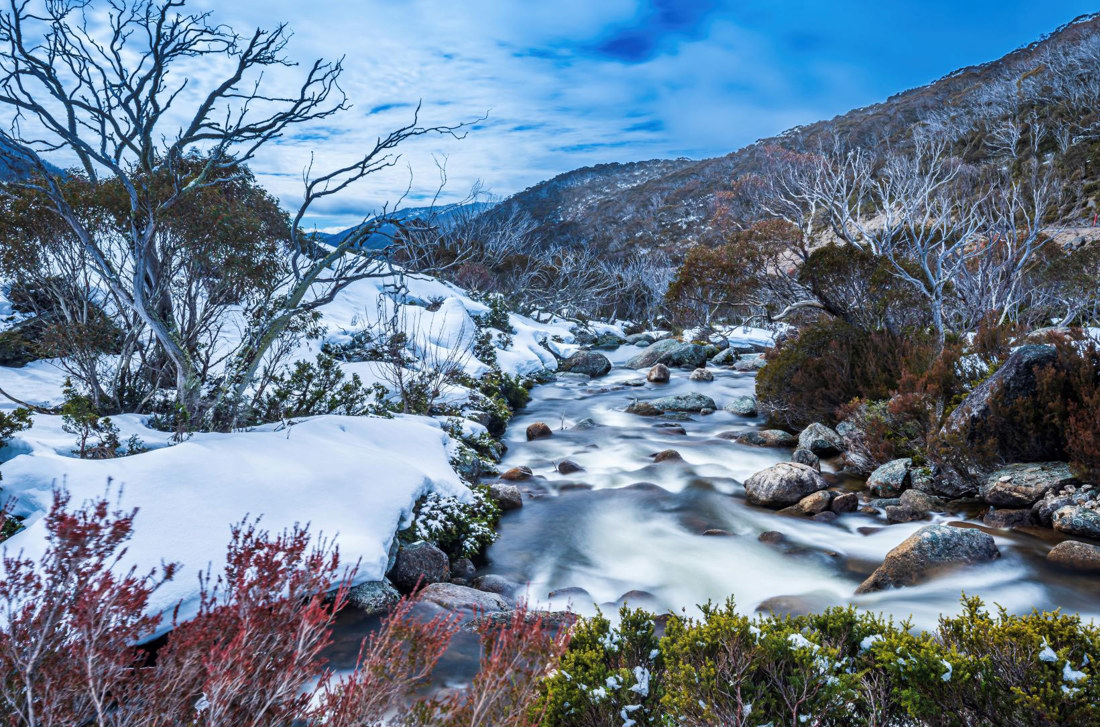Find Out About the Locations That Frequently See Snow In Australia During the Winter Season
Find Out About the Locations That Frequently See Snow In Australia During the Winter Season
Blog Article
Discover the Interesting Effects of Snow in Australia on Local Ecological Communities
Despite its reputation for sun-soaked landscapes, Australia likewise flaunts areas blanketed by snow-- a phenomenon that profoundly influences the country's distinct environments. The insulating properties of snowflakes protect vegetation and animals among the chilliest wintertimes, while the melting snow supports rivers and marine life.
The Unexpected Areas of Snowfall in Australia
The high country areas of New South Wales, Victoria, and Tasmania are particularly understood for their wintertime snow. The Snowy Hills in NSW, for circumstances, get plentiful seasonal snow, providing a plain contrast to the country's common hot, arid climate. The presence of snow in these regions considerably affects regional communities, consequently affecting the country's unique biodiversity.

Just How Snow Impacts Australia's Distinct Vegetation
These plants have actually advanced to make it through in severe conditions, with snow offering as a safety blanket from extreme winds and freezing temperature levels. The snow also adds to the wetness content of the dirt, giving necessary hydration for plant life throughout the dry summer season months. In essence, the snow influences the timing of blooming and seed dispersal, the development prices, and the survival of lots of plant species, showcasing the elaborate interaction between climate and plants in Australia.

The Adaptations of Australian Animal to Snowfall
Equally as Australia's plants has adjusted to the wintery conditions, the neighborhood animals too, exhibit exceptional adaptations to the snowfall. Variety like the Mountain Pygmy-possum, the only Australian marsupial known to hibernate, have developed strategies to survive in snowy atmospheres. It makes use of the snow as insulation, hibernating in rock holes below the snow to remain warm. Similarly, the Snow Skink, a types of reptile, changes its colour to white throughout winter months, supplying camouflage against killers. Birds such as the Snowy Hills' Crimson Rosella additionally change their diet plans to eat available food resources during chillier durations. Hence, regardless of the harsh conditions, Australian fauna shows a resistant and read this article adaptive nature, guaranteeing their survival in areas experiencing snowfall.
The Duty of Snow fit Neighborhood Environments
Fit the regional ecosystems, the role of snow in Australia is both profound and multilayered. It affects the distribution of flora and fauna, largely specifying the biodiversity of sub-alpine and alpine areas. Snow offers a crucial water resource, feeding rivers and reservoirs as it thaws, therefore sustaining a range of aquatic life types. Additionally, snow serves as an insulator, safeguarding ground-dwelling microorganisms from severe cold. It plays a considerable duty in dirt formation and nutrient biking. The routine freezing and thawing of soil caused by snowfall fosters the breakdown of rocks, improving dirt fertility. Consequently, the existence of snow forms the greenery patterns, animal habits, and total sustainability of Australia's special ecological communities. Snow In Australia.

The Future of Snowfall in Australia: Effects and predictions

Provided the vital function snow plays fit neighborhood ecological communities, the future of snowfall in Australia is drawing raising attention from scientists and conservationists. Present environment designs predict a significant decline in snowfall as a result of worldwide warming, with possibly extensive influence on local ecological communities. Less snow could lead to lowered water availability in towering areas, detrimentally impacting wild animals environments and plant life. Additionally, it can modify the timing of seasonal adjustments, interfering with the life cycles of several indigenous varieties. The tourist market, heavily reliant on the winter snow period, might also face substantial obstacles. For that reason, comprehending these forecasts and their ramifications is essential to develop reliable preservation strategies, guaranteeing the conservation of Australia's one-of-a-kind biodiversity and the sustainability of its economic climate.
Verdict
The role of snow in Australia's ecological communities is crucial yet commonly forgotten. It serves as a protector, a nurturer, and a shaper of varied towering types, adding to the splendor of Australia's high nation. As climatic patterns proceed to shift, comprehending page the effects and prospective changes of these snow-influenced environments is critical. Thus, the snow in Australia is more than a natural spectacle; it's an essential content player in the nation's ecological narrative.
Regardless of its credibility for sun-soaked landscapes, Australia likewise flaunts areas blanketed by snow-- a phenomenon that exceptionally influences the nation's distinct ecosystems. It utilizes the snow as insulation, hibernating in rock gaps below the snow to stay cozy - Does It Snow In Australia.In shaping the local ecosystems, the role of snow in Australia is both profound and multilayered. The existence of snow forms the vegetation patterns, pet habits, and overall sustainability of Australia's unique communities
Offered the important duty snow plays in shaping neighborhood ecological communities, the future of snowfall in Australia is drawing increasing focus from ecologists and scientists.
Report this page